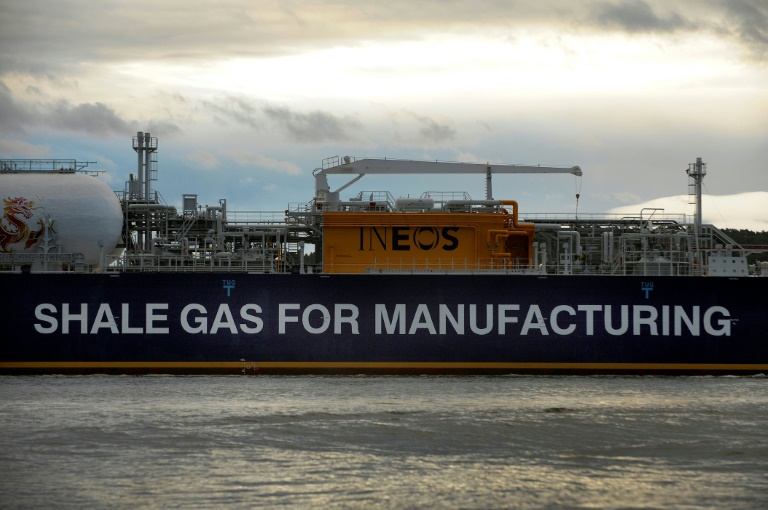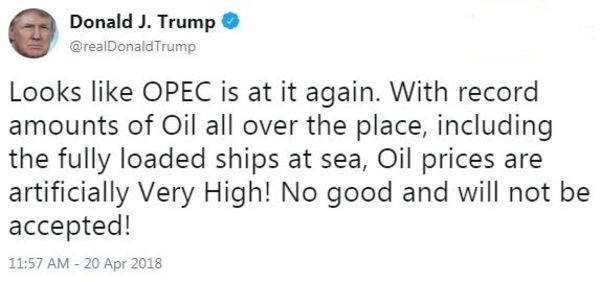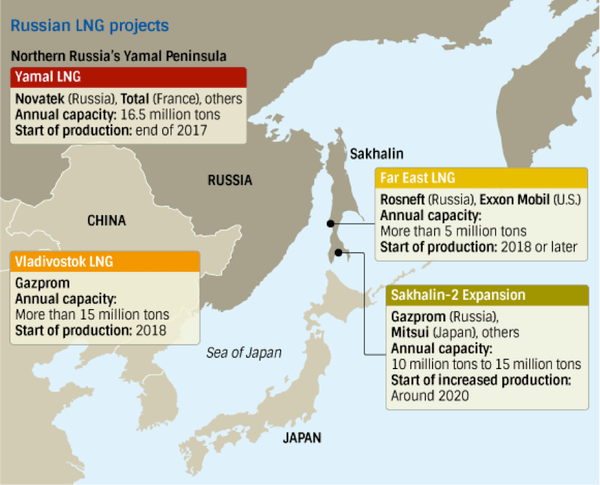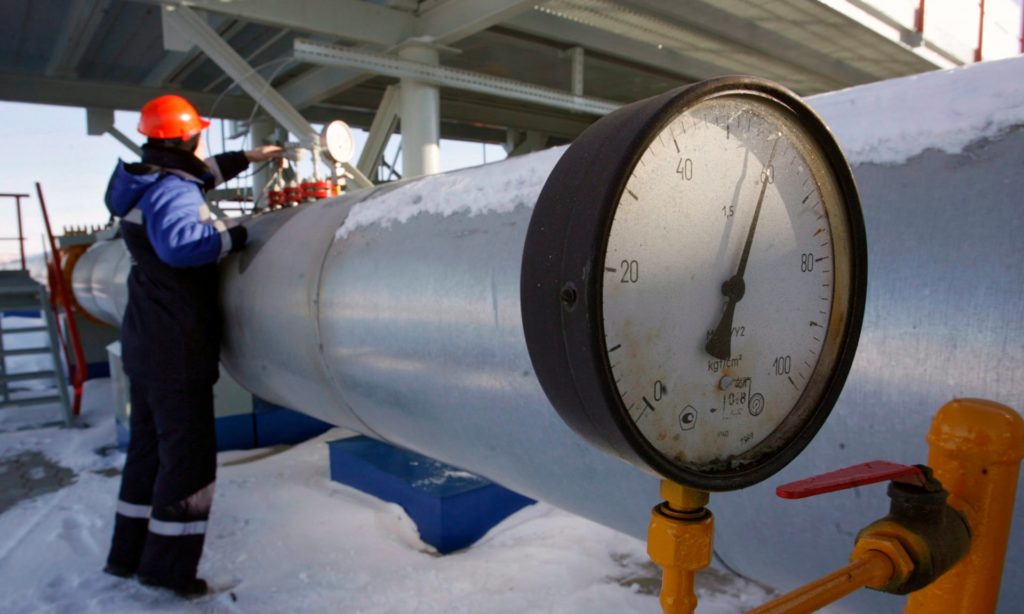The Euro


Hey, euro! For a while there, you looked like a goner. During those debt crisis days in 2012 when Greece was imploding and Spain’s banks were teetering and the Germans were asking why they had to pick up the bill, there was a serious wobble. Common European currency? Remind us, please, what Europeans actually have in common. Now with Britain heading out of the European Union and Greece in a perpetual pinch, there are constant reminders of the euro’s shortcomings. Though the rules governing the 19-nation shared currency have been tightened since the crisis, there’s still a regular chorus of business leaders and politicians who say that its demise is just a matter of time. The latest challenge: populist politicians capitalizing on discontent and targeting the euro. Can the world’s most ambitious financial experiment survive?
The Situation
As the euro stumbled on, wealthier nations in the north were often pitted against poorer ones in the south, amplifying the differences among them. Anti-EU protest parties have gained support from voters fed up with the failings of other member countries and the loss of control to bureaucrats in Brussels. Withdraw from the euro is a rallying cry for Italy’s Five Star Movement and Marine Le Pen’s National Front in France, which rattled investors before a presidential election in May with promises to redenominate the country’s debt. Greece has struggled to qualify for crucial loans after surrendering to its third bailout in five years in 2015 to remain part of the euro. Months of bitter disagreement and Germany’s insistence on more austerity left a lingering sense that Greece will have to leave the currency union eventually. Europe’s slow recovery from a double-dip recession hasn’t helped, with euro-zone unemployment forecast to remain above 9 percent for a ninth year in 2017. The euro dropped by the most on record in June 2016 on the surprise decision by British voters to leave the EU, even though the U.K. is not part of the common currency.

The Background
The precursor to the EU was set up in 1958, as the continent’s leaders vowed to make another war between them all but impossible. The euro came in 1999, when a group of 11 countries jettisoned marks, francs and lire and turned control of interest rates over to a new central bank. The common currency’s scale provided exchange-rate stability and better access to world markets. It Un homme tabassé par les gendarmes _ Comores Infosdid not, however, impose uniform financial discipline; to avoid surrendering national sovereignty, politicians largely sidestepped a unified approach to bank regulation and government spending. To the extent that there were rules, they were flouted. The events that brought the euro to its knees came during the global rout in 2009, when Greece came clean and said its budget deficit was twice as wide as forecast. Investors started dumping assets of the most indebted nations and borrowing costs soared. The shared euro made it impossible to devalue individual currencies of weaker economies, limiting options for recovery. Politicians lurched through bailouts for Greece, Ireland, Portugal and Cyprus plus a rescue of banks in Spain. The panic fueled fears of a breakup as fragile banks and their holdings of government bonds exposed the common currency’s vulnerabilities. The firestorm abated in July 2012, when European Central Bank President Mario Draghi pledged to do “whatever it takes” to save the euro.
The Argument
Euro-area leaders say the common currency is now more resilient in the face of shocks. They argue that even if Greece were to fall out of the euro, the currency would survive, though there’s a vigorous debate about how serious the economic and political consequences would be. New systems have been put in place to centralize bank supervision and build firewalls between troubled debtors and taxpayers. The measures still may not have gone far enough. Aspirations by the euro’s founders for an “ever closer union” — including more oversight of national budgets and the pooling of debt — have not been realized. For some observers, the euro’s flaws simply sow the seeds for another crisis.












